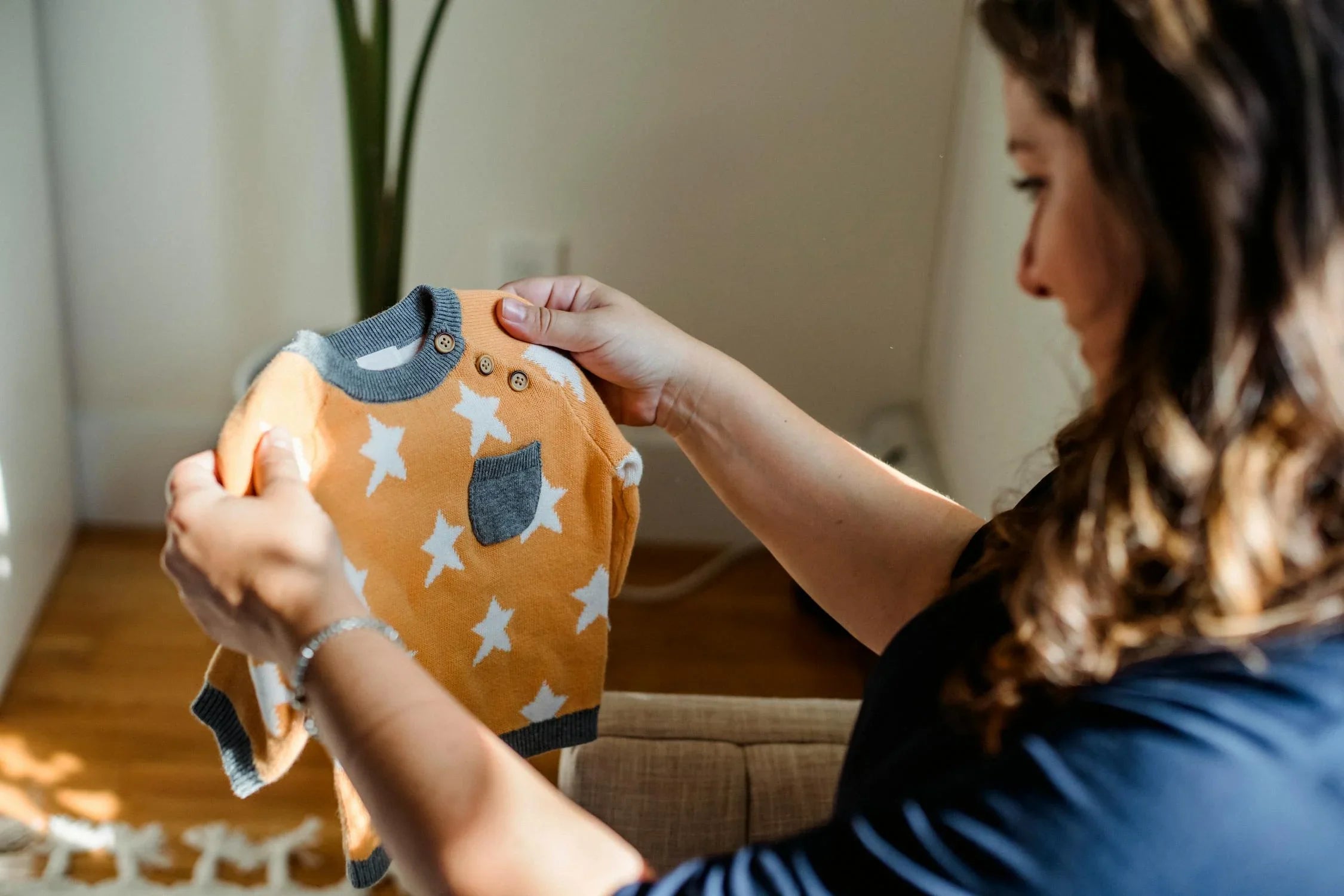Inicio
Pregnancy, Breastfeeding, and Pumping: The Ultimate Guide for Moms
How to Use Pregnancy Test Strip: A Comprehensive Guide

How to Use Pregnancy Test Strip: A Comprehensive Guide
Discovering whether you are pregnant can be a life-changing moment, and using a pregnancy test strip is one of the most common methods to find out. This guide will walk you through everything you need to know about how to use a pregnancy test strip accurately and confidently.
Understanding Pregnancy Test Strips
Pregnancy test strips are designed to detect the presence of human chorionic gonadotropin (hCG), a hormone produced during pregnancy. These strips are affordable, easy to use, and provide quick results, making them a popular choice for many women.
Step-by-Step Guide to Using a Pregnancy Test Strip
Step 1: Gather Your Materials
Before starting, ensure you have all the necessary items: a pregnancy test strip, a clean container for urine collection, and a timer. Make sure the test strip is not expired and is stored properly.
Step 2: Collect Urine Sample
Use a clean, dry container to collect your urine sample. It is best to use the first-morning urine as it contains the highest concentration of hCG, increasing the accuracy of the test.
Step 3: Dip the Test Strip
Hold the test strip by the end without the absorbent tip. Dip the absorbent tip into the urine sample for about 5-10 seconds. Ensure the urine level does not exceed the maximum line indicated on the strip.
Step 4: Wait for the Results
Place the test strip on a flat, dry surface and set a timer for the recommended time, usually 3-5 minutes. Avoid moving or disturbing the strip during this period to prevent inaccurate results.
Step 5: Interpret the Results
After the waiting period, check the test strip for lines. Most strips have a control line and a test line. If both lines appear, it indicates a positive result. If only the control line appears, it is a negative result. No lines or only a test line appearing may indicate an invalid test.
Tips for Accurate Results
To ensure the most accurate results, follow these tips:
- Always read the instructions provided with the test strip carefully.
- Use the first-morning urine for the highest hCG concentration.
- Do not exceed the recommended dipping time.
- Check the expiration date of the test strip before use.
- Avoid drinking excessive fluids before taking the test, as it may dilute the hCG levels.
Common Mistakes to Avoid
Even with careful use, mistakes can happen. Here are some common errors to avoid:
- Using an expired or damaged test strip.
- Not following the recommended waiting time for results.
- Misinterpreting the results by not checking within the specified time frame.
- Using a test strip that has been exposed to moisture or extreme temperatures.
When to Take a Pregnancy Test
The best time to take a pregnancy test is after you have missed your period. Testing too early may result in a false negative due to low hCG levels. If you suspect you are pregnant but receive a negative result, consider retesting after a few days.
What to Do After Getting the Results
If your test result is positive, it is advisable to consult a healthcare professional for confirmation and further guidance. If the result is negative but you still suspect pregnancy, retest after a few days or consult a doctor for further evaluation.
Using a pregnancy test strip is a straightforward process, but accuracy depends on proper usage and timing. By following this guide, you can confidently navigate this important step in your journey. Whether you are hoping for a positive or negative result, understanding how to use a pregnancy test strip correctly ensures you get the most reliable outcome.
Compartir

